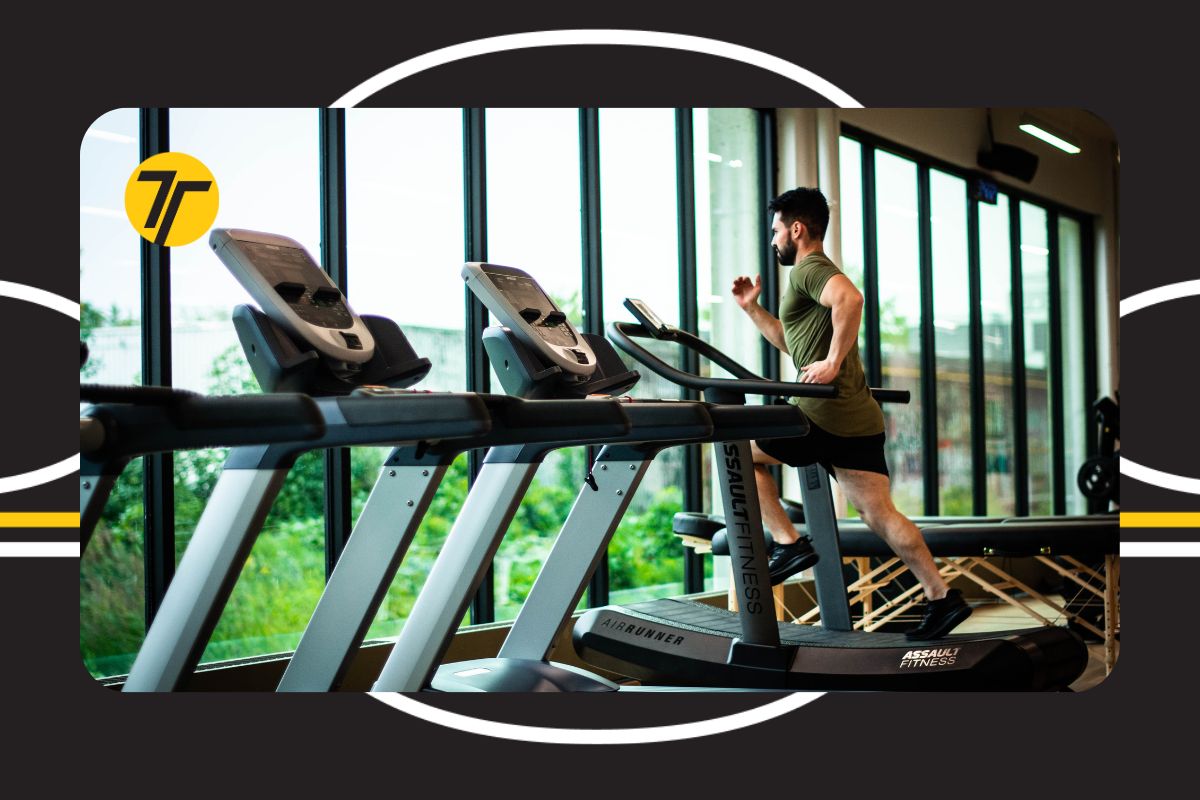
Opening a gym is a dream come true for many fitness enthusiasts. After all, the concept of creating a space that allows people to improve their health and well-being certainly has its appeal. But, beneath the excitement lies the reality of significant financial commitment and planning involved. In this comprehensive guide, we’ll explore the answer to the question “how much does it cost to open a gym?” So that can make a truly informed decision before taking the plunge.
Opening a Gym Might Cost More Than You Think
Before deciding to open a gym, it’s important to look at all the costs, including both startup and ongoing expenses. One of the most common mistakes new gym owners make is not putting enough capital aside to cover expenses. Because, no matter how much you plan, surprise costs inevitably come up. Therefore, we recommend looking at all startup and monthly expenses. Next, add an extra 25% as a buffer for the total amount you’ll need.
Check Out: Starting a Gym Business: A Step by Step Guide
Gym Startup Costs to Consider
Here are some startup costs to consider when calculating how much it will cost to start a gym. You’ll likely also think of some more as you go through the process of calculating your costs.
#1: Real estate and location
As you likely know, one of the most critical factors in a gym’s success is its location. Therefore, finding the right spot, preferably in a high-traffic area with ample parking and easy accessibility, is crucial to attracting potential members. However, keep in mind that prime locations often come with higher rental or purchase prices. Therefore, it is essential to carefully consider your budget and projected revenue when choosing the location for your gym.
Additionally, keep in mind that the average monthly rent for a prime gym location ranges depending on where you live. For example, it can range from $3,000 in a smaller city to upwards of $15,000 monthly in a bigger urban setting. Therefore, do you research by looking at the market and truly understanding the costs?
Check Out: Everything to Know About Gym Startup Costs
As a future gym owner, you also have the potential to purchase a space should that option be available to you. However, be sure of what the costs would look like against renting, as again, depending on location, it could range anywhere from $500,000 to upwards of a million dollars.
#2: Equipment and furnishings
As you know, the heart of any gym lies in its equipment. And depending on the type of gym you plan on opening, the amount of equipment you require will range. However, when it comes to choosing the right equipment, high-quality gym equipment is best because it enhances the fitness experience for your members and improves your gym’s reputation and competitiveness.
However, outfitting a gym with the necessary tools can be a significant expense, from cardio machines and weightlifting equipment to exercise mats and mirrors.
Keep in mind that the startup cost for gym equipment can vary significantly based on the size and scope of your gym. For example, as a small boutique gym owner, expect to spend somewhere between $50,000 to $100,000. Whereas for a full-service gym, it may require $200,000 or more for top-of-the-line equipment.
#3: Licensing and legal requirements
Additionally, you’ll need to navigate the legal and regulatory landscape before you can open your gym. The process includes obtaining various licenses, permits, and certifications, depending on your location and the services you plan to offer. These legal requirements vary from region to region and may include health permits, business licenses, and insurance coverage.
Similarly, for expenses related to licensing and legal requirements, you’ll want to budget between $5,000 to $10,000 for legal fees and licenses is a reasonable estimate.
#4: Marketing and branding
In the competitive fitness industry, effective marketing and branding are critical to attracting and retaining members. Therefore, creating a recognizable and appealing brand identity requires investment in marketing campaigns, website development, social media presence, and promotional materials.
Allocate a budget of $5,000 to $20,000 or more for marketing and branding efforts during the startup phase.
#5: Renovations and improvements
Finally, rarely will a chosen location perfectly match your gym’s needs. Therefore, it’s likely you’ll need to factor leasehold improvements into your startup costs. For example, renovations and modifications may be necessary to create a functional fitness space. And, while these improvements are essential, they can add a substantial amount to your startup costs.
Therefore, budgeting between $10,000 to $100,000 for leasehold improvements is a reasonable estimate. But certainly, look into what needs to be done and talk to a contractor.
Ongoing and Recurring Gym Expenses
When it comes to running a gym there are many ongoing costs to consider. Here are some of the ones to keep in mind. As in above, there may be others to add to your list.
Rent and utilities
As mentioned above, rent is one of the highest ongoing expenses for gym owners. Additionally, utility bills, including electricity, water, and heating, are ongoing costs that must be factored into your budget. On average, monthly rent for a medium-sized gym can range from $3,000 to $10,000 or more, while utilities can add an extra $1,000 to $3,000 per month.
Staff salaries
Similarly, to provide excellent customer service and maintain a safe environment, you’ll need to hire qualified staff, including trainers, receptionists, and cleaning personnel. Staff salaries are a significant recurring cost that should be budgeted accordingly.
Depending on the number of staff members and their qualifications, staff salaries can account for $5,000 to $15,000 per month.
Equipment maintenance
Gym equipment requires regular maintenance to ensure safety and functionality. Creating a maintenance schedule and setting aside funds for equipment upkeep will help prevent costly repairs in the long run.
As a gym owner, you’ll want to allocate $500 to $1,000 per month for equipment maintenance and repairs.
Insurance
Comprehensive insurance coverage, including liability insurance, property insurance, and worker’s compensation, is crucial to protect your gym from unforeseen incidents and potential lawsuits.
Budgeting between $3,000 to $10,000 annually for insurance coverage is a reasonable estimate.
Marketing expenses
As a new gym owner, it’s important to understand that your marketing efforts don’t end after the initial launch. Therefore, it’s important to allocate a portion of your budget to continuous marketing to attract new members and retain existing ones.
Our recommendation is to allocate between $1,000 to $5,000 per month for ongoing marketing efforts depending on your goal and budget.
Power Your Gym with ABC Trainerize
Once your gym is up and running, ABC Trainerize can help you manage your memberships and engage with your members.
With fitness, nutrition, and habit-coaching features, plus in-app messaging, progress tracking, and more — it’s everything you need to motivate and inspire.
Begin your journey to success today with a 30-day free trial!


